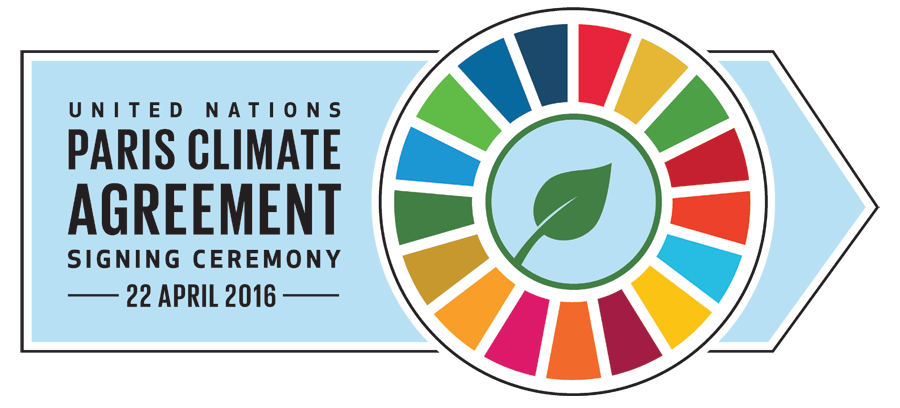The Secretary General of the shipping industry’s governing body, the International Maritime Organization (IMO), has said that the UN Climate Signing Ceremony on April 22 will represent a significant step and will be another reach towards the IMO doing their best for climate change.
Mr Ki Tack Lim made his remarks during the third day of the IMO’s Marine Environment Protection Committee, being held at the IMO headquarters in London this week.
Today the 69th MEPC session is tackling shipping’s greenhouse gas emissions and the outcome of relevant UNFCCC meetings, in particular COP 21.
Ship Efficiency Review will be reporting live from MEPC 69 this week. For breaking news and insight please follow articles tagged “MEPC 69” on Shipefficiencyreview.com or follow #MEPC69 on Twitter.
What is the Climate Signing Ceremony?
The Paris Agreement calls for the Agreement to be open for signature from 22 April, 2016 to 21 April, 2017. To mark the first day that the Agreement will be open for signing (which coincides with Earth Day), United Nations Secretary-General Ban Ki-moon invited leaders from all countries to attend a high-level signing ceremony to accelerate climate action and to drive the political momentum towards ratification and early entry into force of the Paris Agreement.
Didn’t countries already adopt the Paris Agreement in Paris at COP21?
On 12 December, 2015, countries adopted the text of the Paris Agreement. This was an historic moment that marked the conclusion of years of negotiations on a universal approach to addressing climate change. In Paris, the Parties to the UN Framework Convention on Climate Change came to an understanding of the terms of the Agreement. There are still a few steps that are necessary before the Agreement enters into force.
What has to happen next for the Paris Agreement to enter into force?
The first step is for countries to sign the Agreement. This signals their intention to launch the domestic processes for the ratification or acceptance of the Agreement. Once these processes are concluded, Governments will formally deposit with the United Nations Secretary-General, who is the depositary of the Paris Agreement, their instrument of ratification, approval, acceptance or accession, by which they consent to be bound by the Agreement.
So when can the Paris Agreement actually enter into force?
The Agreement states that it shall enter into force on the thirtieth day after the date on which at least 55 Parties to the UNFCCC accounting in total for at least an estimated 55 percent of the total global greenhouse gas emissions have deposited their instruments of ratification, acceptance, approval or accession.
How will the 55 percent of emissions be calculated for the purposes of the entry into force?
According to the Agreement, this requirement for the entry into force is to be calculated on the basis of the most up-to-date amount communicated on or before the date of adoption of this Agreement by the Parties to the Convention. As requested by the Paris Conference, the Climate Change Secretariat has made available this information (which is to be used only for the purpose of determining the requirements for the entry into force) on its website, as well as in the report of the Conference.
What will actually happen on 22 April?
The signature place will take place at the General Assembly Hall in the morning of 22 April. Heads of State and Government, Ministers for Foreign Affairs or other government representatives having the authority to sign the Agreement will be called up to a table at the podium to sign a page in the only original copy of the Agreement. The original is a large volume, which contains the full authentic text of the Agreement in all six official United Nations languages, as well as signature pages for each of the Parties to the UNFCCC. After signing the Agreement, separate sessions will be held in which participants will have an opportunity to deliver national remarks.
What happens if countries don’t sign on 22 April?
Countries have one year to sign the Agreement, following which they may ratify, accept or approve the Agreement. States that have not signed will still have the possibility of joining the Agreement by depositing an instrument of accession with the Secretary-General.
Image: Courtesy of United Nations
Ship Efficiency Review News
To contact the reporter responsible for this article, please email editor@fathom-mi.com
































